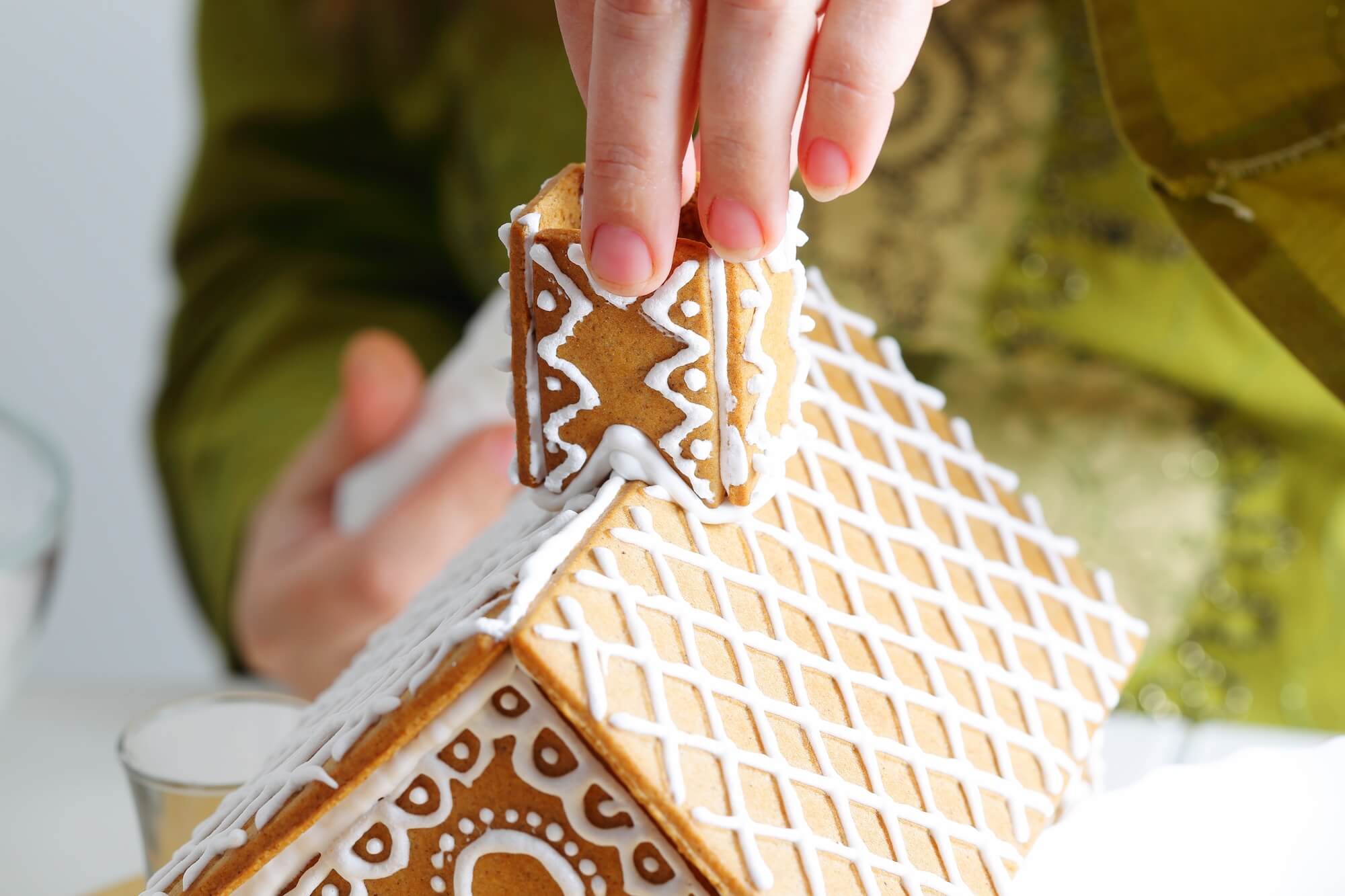
A Cherished Tradition
Decorating a gingerbread house has become a cherished tradition in the United States, a creative activity that brings families together during the holiday season. But the history of the gingerbread house is much older and more enchanting than most people realize. In fact, this tradition has roots that go back more than a thousand years.
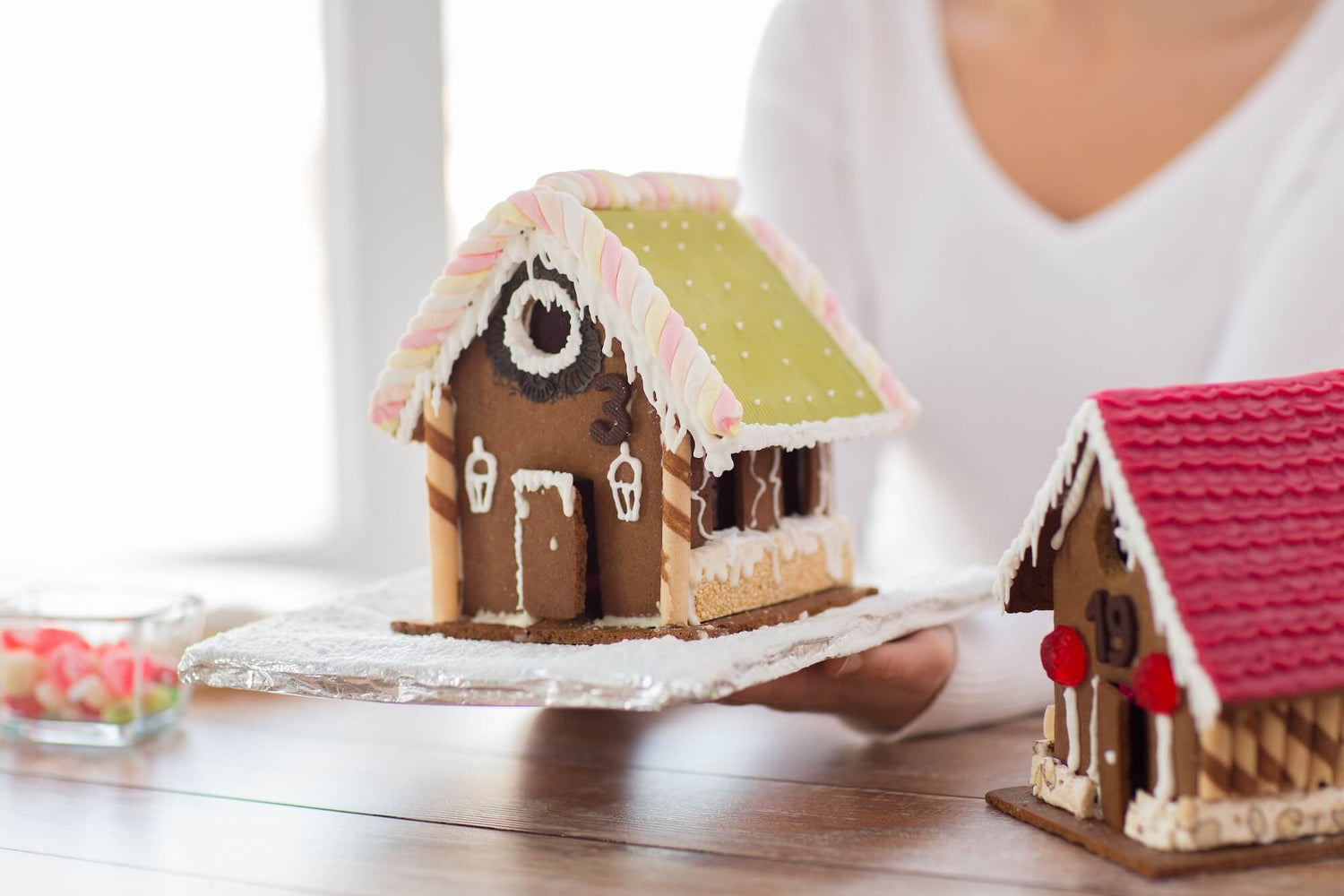
So, What Is Gingerbread?
According to The New Food Lover's Companion, gingerbread generally refers to one of two tasty desserts: A dense, ginger-spiced cookie, often flavored with molasses or honey and cut into shapes like the famous gingerbread man.A rich, moist cake flavored with molasses, ginger, and other warm spices - especially popular in the U.S.Both versions have played a role in the evolution of the gingerbread house.
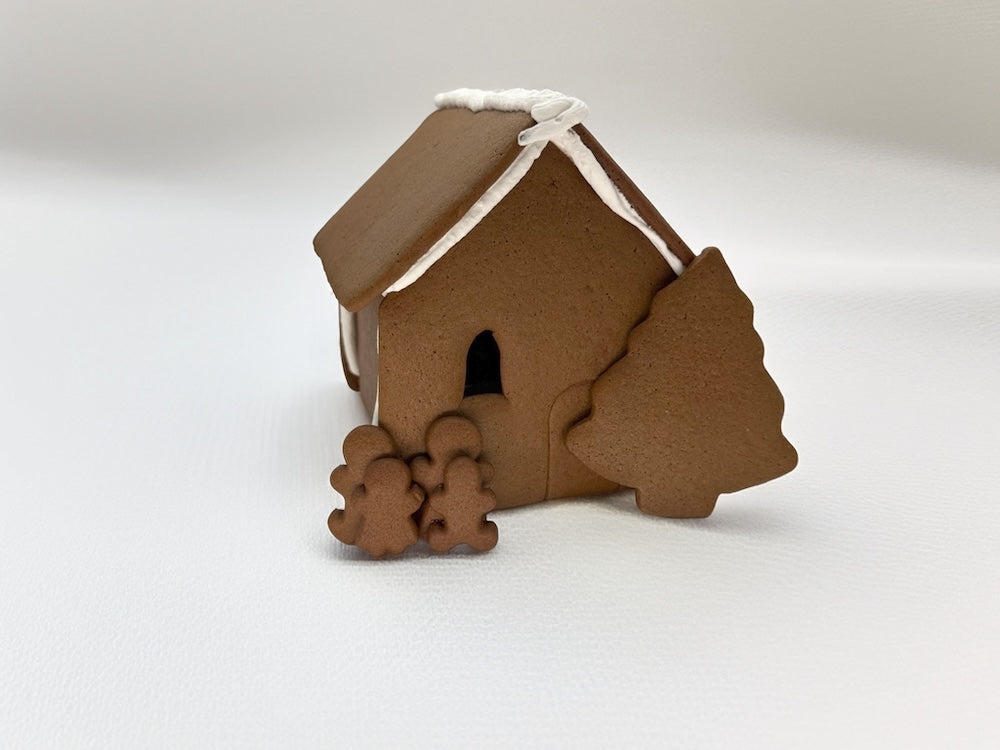
A Spiced Legacy: The Origins of Gingerbread
The history of gingerbread begins in the 10th century, when an Armenian monk is said to have introduced it to Europe, teaching French priests the art of baking this spicy treat. From there, it took off.
In medieval Europe, gingerbread became a beloved treat at festivals and fairs. English bakers shaped and decorated it to resemble birds, animals, armor, and flowers. It wasn’t just dessert - it was edible art.
Some traditions were downright romantic. Young women would give their favorite knights a piece of gingerbread for luck. Others nibbled on “gingerbread husbands” in hopes of attracting a real one.

From Medicine to Shakespeare
Over the centuries, the term "gingerbread" evolved:
- In medieval England, it referred to any kind of preserved ginger.
- The French used the word gingebras, derived from Latin zinzebar.
- By the 15th century, gingerbread came to mean the spiced cookies and cakes we love today.
It wasn’t just delicious. Gingerbread was believed to aid digestion. In the 16th century, John Baret described it as "a kinde of cake or paste made to comfort the stomacke."
Even William Shakespeare gave gingerbread a cameo, writing, "An I had but one penny in the world, thou shouldst have it to buy ginger-bread."
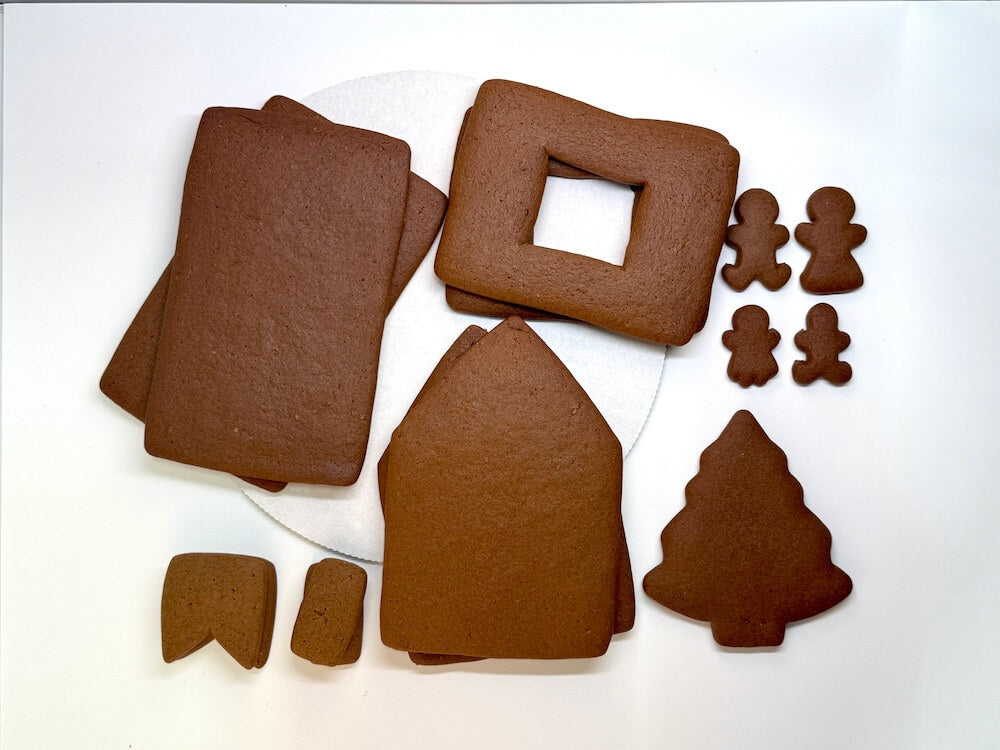
The History of the Gingerbread House
While many cultures played a part in gingerbread’s evolution, Germany gets the credit for inventing the gingerbread house. Their version of gingerbread, called Lebkuchenherzen or “Lebkuchenherz”, has been a holiday staple since the 15th century.
Street fairs in Germany sold heart-shaped cookies with sweet messages like “I Love You!” or “You Are Awesome!” These whimsical treats likely inspired the candy-covered cottage from the Hansel and Gretel fairy tale by the Brothers Grimm.
Gingerbread became so popular, it was baked in monasteries and churches across Europe. Swedish nuns even sold it for charity. Pharmacies and farmers’ markets also stocked it - because who doesn’t love a snack that supposedly heals?
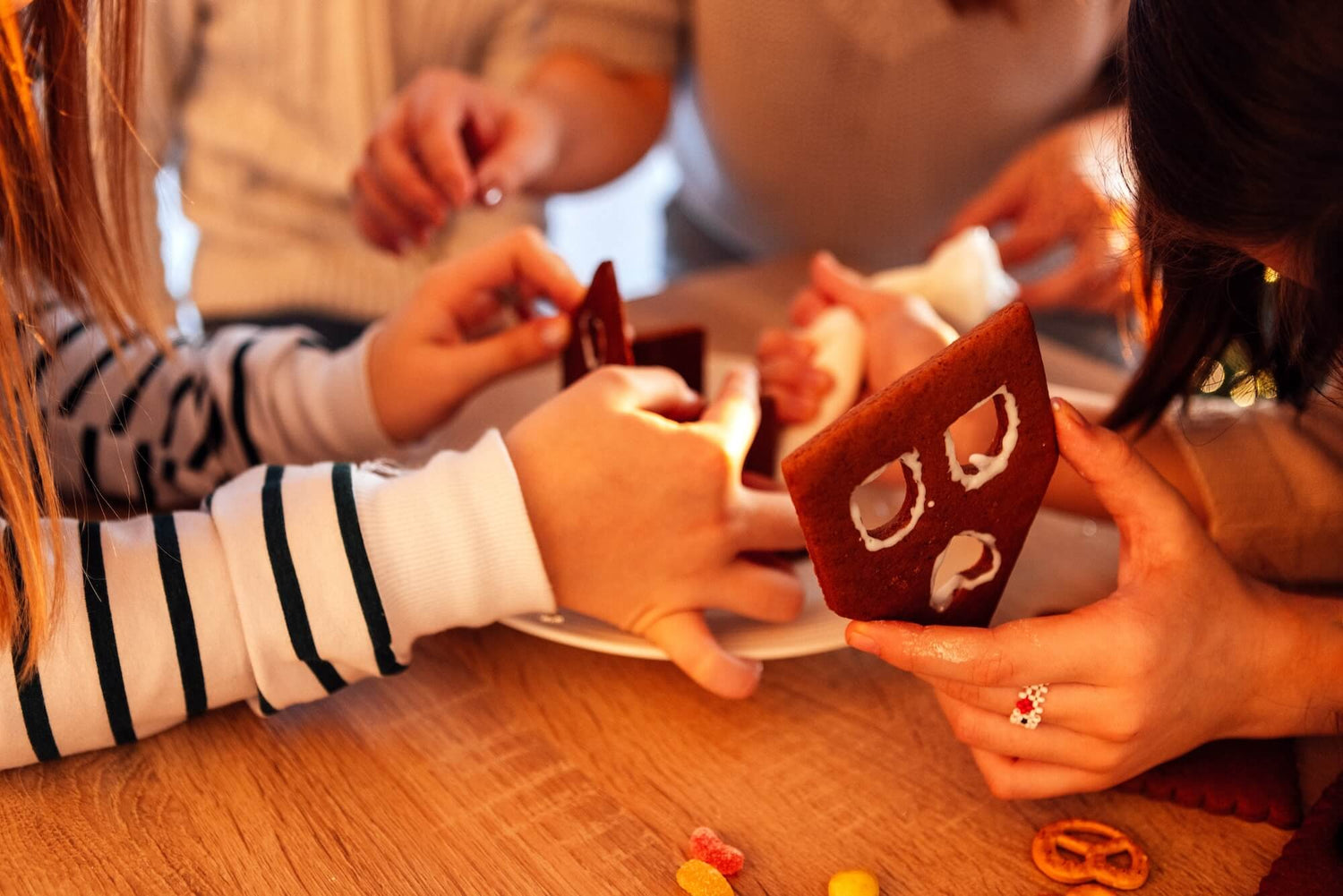
A Delicious Tradition Comes to America
England helped gingerbread become the art form we know today, with bakers painting and displaying cookies in shop windows. Decorating gingerbread houses became a festive, family-friendly tradition.
In the U.S., the tradition took root thanks to German settlers. Gingerbread houses quickly became a beloved part of holiday celebrations.
Fun Fact:
George Washington’s mother wrote one of the earliest American gingerbread recipes!
Today, gingerbread house history lives on in every frosted rooftop and gumdrop chimney. At Gingerbread Traditions, we’re so proud to help keep this cozy, creative custom alive.
Build Your Own Sweet History
Gingerbread Traditions, based in Oregon, ships premium Gingerbread House kits across the country. Our kits make wonderful gifts and create lasting memories for kids and grown-ups alike.
Whether you’re continuing a family tradition or starting a new one, we’ve got the perfect kit to bring your gingerbread house dreams to life.
Start building your next memory today - browse our online shop for your perfect gingerbread kit!
-
Traditional Gingerbread House – Parts Only
Regular price $25.99 USDRegular priceUnit price / per -
Shop Gingerbread House Kit - Assembled
Regular price $59.99 USDRegular priceUnit price / per -
Halloween Gingerbread House Kit - Assembled
Regular price $61.99 USDRegular priceUnit price / per -
Alpine Gingerbread House Kit - Assembled
Regular price $39.99 USDRegular priceUnit price / per



